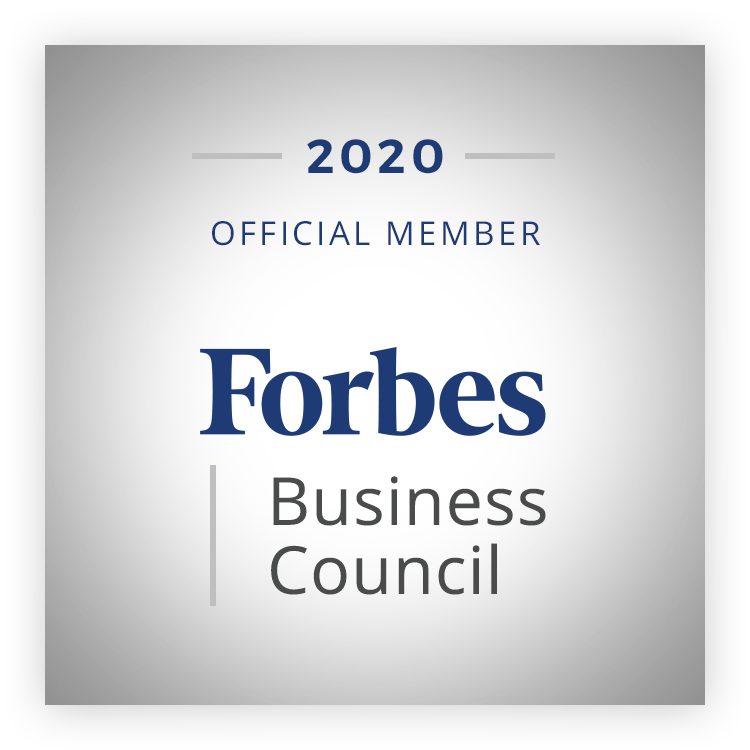Small businesses are still bullish about investing in talent, even moreso given the high costs of poor hires and employee turnover.
The cost of bad or wrong hiring can go up to 30% of the employee’s first year earnings according to the US Dept. of Labor, and so it is more essential than ever to make the correct hire that you can confidently count on to achieve results.
However, startups and small businesses can make several mistakes throughout the employee hiring process. These mistakes not only result in bad hires but can result in poor ratings and negative PR early on. Here are some of the mistakes we have seen, along with best practices to incorporate:
- Align on role and team needs. It is not uncommon that leaders have different ideas on role priorities, which often dials back to discrepancies in strategic direction. Be sure that the executive team, along with HR, are all aligned on the actual priorities of a role, objectives, and key results.
2. Codify a recruitment process flow. Companies have free reign to be as innovative and forward-thinking as they like when it comes to recruitment. However, definitely develop a logical flow to your recruitment process with clear handoffs, and codify it for consistency. Here is an example:
- Recruiter leads resume overview call
- Recruiter sends behavioral and cognitive assessment for fit analysis
- Hiring manager conducts situational discussion “our main needs right now are x y and z. Can you walk me through some times you did x, y, z? What was your approach? what were the challenges? What were the results?”
- Hiring team conducts a group case study with candidate “ how would you approach our problem step by step? what are some of the problems you anticipate?”
- Hiring manager answers pending questions
- Reference/background check and offer
3. Think outside of the box. With bad hires costing so dearly, many businesses fall into the trap of “safety hiring.” The result can be weeding out high potential candidates who don’t have the exact match of credentials or experience that are conventionally hired into a role. While this may make logical sense to one degree, it can also severely limit your pool of candidates and the potential for business growth and innovation.
Thus, think through your ‘weeding out factors” carefully and make sure they’re fair. For example, you might be looking for a candidate who has an advanced degree for a team leadership position. In the process, you might overlook a candidate who has great, relevant experience and shows high potential, but doesn’t have that particular degree.
One way to avoid this type of occurrence is to use a people analytics tool, like Predictive Index. These types of tools provide objective and anonymized assessments across behavior, cognitive ability, and skill set to aid the hiring process. The benefit of a tool like this is that you get multiple, objective perspectives of a candidate, rather than relying on simple resume or recruiter screening.
4. Present both the tangible and intangible benefits. Companies that are cash strapped can often struggle with obtaining employees from more secure, established companies.
This is a great opportunity to emphasize your company culture, growth opportunities, benefits, and equity, if that is a factor. The new, remote world of work means that companies need to truly innovate on HR processes and tools across the employee experience.
Are employee benefits flexible and tailored to real needs? Are employees incentivized to optimize their performance? Are there a plethora of opportunities for learning and career development based on their interests? Is the company culture supportive and fun? Are there informal opportunities being created for connecting peer to peer? All of these are important aspects of the employee experience, to both maintain productivity and positive sentiment regarding the company.


